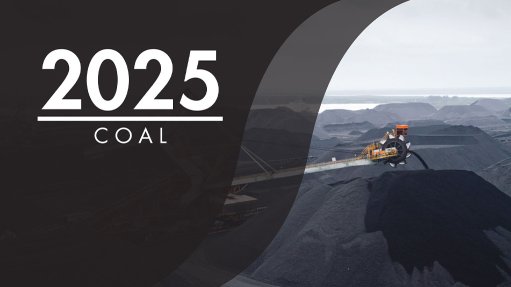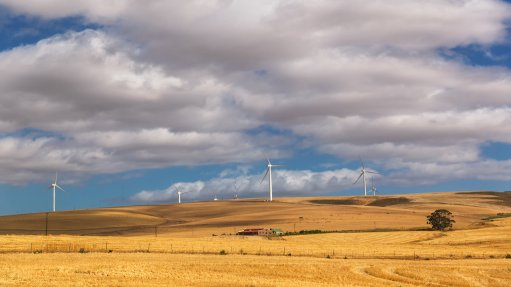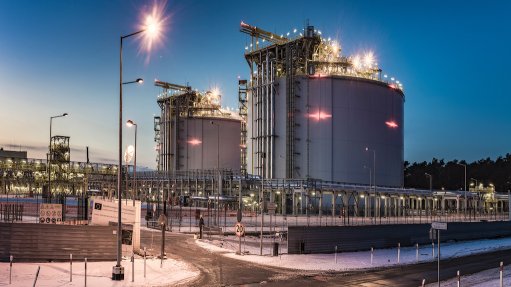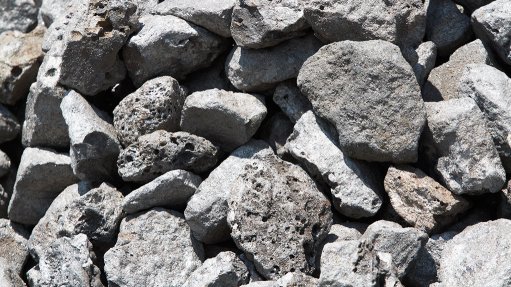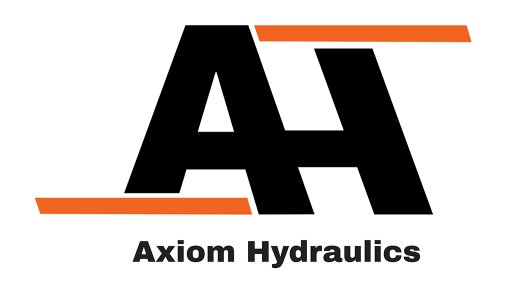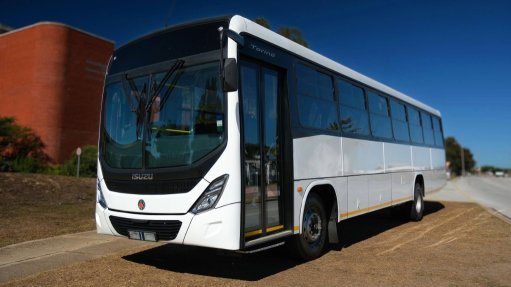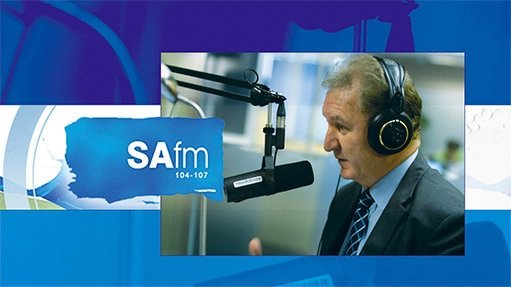Jackpot or jinx?
The race for Africa’s critical minerals has sparked a mixed reaction. On one hand, there is excitement that these minerals – key to the transition to a low-carbon future – could herald a new age of prosperity for the countries that hold them. On the other, there is a nagging worry that this scramble might be an augury of a resource curse reminiscent of the troubles faced by oil-producing nations such as Nigeria, where, despite hundreds of billions of greenbacks in export revenue over the past six decades, the majority of citizens remain mired in poverty.
This new scramble is in part driven by China’s dominance of the critical minerals market – being the producer of 29 commodities fitting the ‘critical mineral’ description – which has raised geopolitical and security- of-supply concerns among Western countries. These worries are not unfounded, with the Asian nation having already cut off supplies to Japan and threatened US defence contractors’ supply chains.
Understandably, Western nations are turning to Africa, which holds 30% of the world’s critical minerals. The EU has already cut a supply deal with Namibia and is currently negotiating with the Democratic Republic of Congo (DRC) to source these minerals from the vast Central African country. Similar arrangements are planned with the Gambia, Rwanda and Zambia.
The DRC is notable for hosting 15% of the world’s rare earths, and 47% of its cobalt, besides substantial copper reserves on the Central African Copperbelt, which extends into neighbouring Zambia.
Other African countries with significant reserves of critical minerals include Ghana, which, along with the DRC and Namibia, holds 5% of the world’s lithium, and South Africa and Gabon, which are home to 85% of the manganese on Earth.
Madagascar, Mozambique and Tanzania – too – cannot be excluded from the discussion about Africa’s critical minerals, as they collectively host 21% of all graphite reserves in the world.
Indicative of the potential prosperity that the transition to a low-carbon future holds for critical-minerals-rich countries, the demand for these minerals doubled over the five years ending in 2022, reaching $320-billion. The International Energy Agency projects a further doubling by 2030 and a quadrupling by 2050, with yearly revenues hitting $400-billion.
The flip side – which may trigger a resource curse – is multifaceted. A recent research study, authored by academics from universities in Australia, Ghana and the UK and published in the journal Resource Policy in June, highlights ecological impacts, displacement of communities, destruction of livelihoods, health and safety concerns, and corruption involving foreign mining companies and government officials.
There’s abundant evidence of corruption involving the new wave of foreign companies active in Africa’s critical minerals industry. One example cited in the Resource Policy study is the 2022 acquisition by China’s Zijin of shares in a company developing the Manono lithium project, in the DRC, which were purchased below their market value. Adding to the suspicion, Zijin reportedly disbursed $1.6- billion to a consultancy owned by a politically exposed individual.
Moreover, allegations surfaced in Namibia last year that large firms were exploiting small-scale mining permits to operate industrial lithium mines, with reports of bribery in some instances.
An important element to consider in the discussion on Africa and the resource curse, both in the six or so decades since oil production started and the current era of foreign companies flocking to Africa for its critical minerals, is the aggressive production strategies of these investors, which can sometimes have detrimental impacts on the continent.
In a recent opinion piece, Ghanaian social innovator and entrepreneur Bright Simons uses his homeland to illustrate this issue. Owing to aggressive production practices, manganese oxide reserves at Nsuka were depleted much earlier than envisaged, leaving the remaining carbonate ores seen as low grade and low value.
That changed when new owners discovered a chemical pathway that enhanced furnace productivity when manganese carbonate is used in steel production. Within six years, production ramped up twentyfold. However, infrastructure commitments were not met, as the old low-grade logic persisted, leading to transfer pricing problems that the Ghanaian government estimated in 2019 as exceeding $360-million in losses to the State.
Ghana had a similar experience with gold. Rapidly spiking production of the metal within a ten-year period made the country Africa’s biggest producer, but it also led to boom-bust effects in towns like Tarkwa and Dunkwa.
As Simons observes, the pockmarked landscapes in Ghana, strewn with abandoned pits, are a clear testament to the timeless maxim: easy come, easy go. One hopes that African governments heed this lesson as international critical mineral developers come knocking on their doors.
Article Enquiry
Email Article
Save Article
Feedback
To advertise email advertising@creamermedia.co.za or click here
Comments
Press Office
Announcements
What's On
Subscribe to improve your user experience...
Option 1 (equivalent of R125 a month):
Receive a weekly copy of Creamer Media's Engineering News & Mining Weekly magazine
(print copy for those in South Africa and e-magazine for those outside of South Africa)
Receive daily email newsletters
Access to full search results
Access archive of magazine back copies
Access to Projects in Progress
Access to ONE Research Report of your choice in PDF format
Option 2 (equivalent of R375 a month):
All benefits from Option 1
PLUS
Access to Creamer Media's Research Channel Africa for ALL Research Reports, in PDF format, on various industrial and mining sectors
including Electricity; Water; Energy Transition; Hydrogen; Roads, Rail and Ports; Coal; Gold; Platinum; Battery Metals; etc.
Already a subscriber?
Forgotten your password?
Receive weekly copy of Creamer Media's Engineering News & Mining Weekly magazine (print copy for those in South Africa and e-magazine for those outside of South Africa)
➕
Recieve daily email newsletters
➕
Access to full search results
➕
Access archive of magazine back copies
➕
Access to Projects in Progress
➕
Access to ONE Research Report of your choice in PDF format
RESEARCH CHANNEL AFRICA
R4500 (equivalent of R375 a month)
SUBSCRIBEAll benefits from Option 1
➕
Access to Creamer Media's Research Channel Africa for ALL Research Reports on various industrial and mining sectors, in PDF format, including on:
Electricity
➕
Water
➕
Energy Transition
➕
Hydrogen
➕
Roads, Rail and Ports
➕
Coal
➕
Gold
➕
Platinum
➕
Battery Metals
➕
etc.
Receive all benefits from Option 1 or Option 2 delivered to numerous people at your company
➕
Multiple User names and Passwords for simultaneous log-ins
➕
Intranet integration access to all in your organisation





